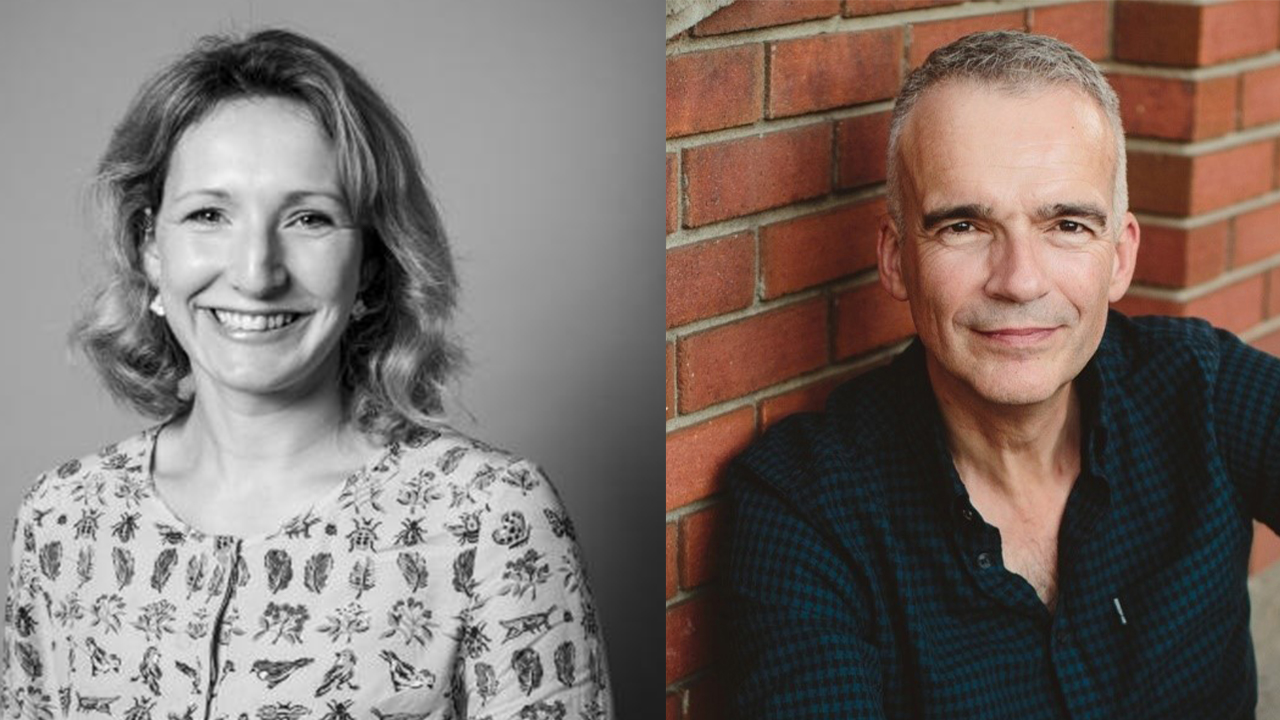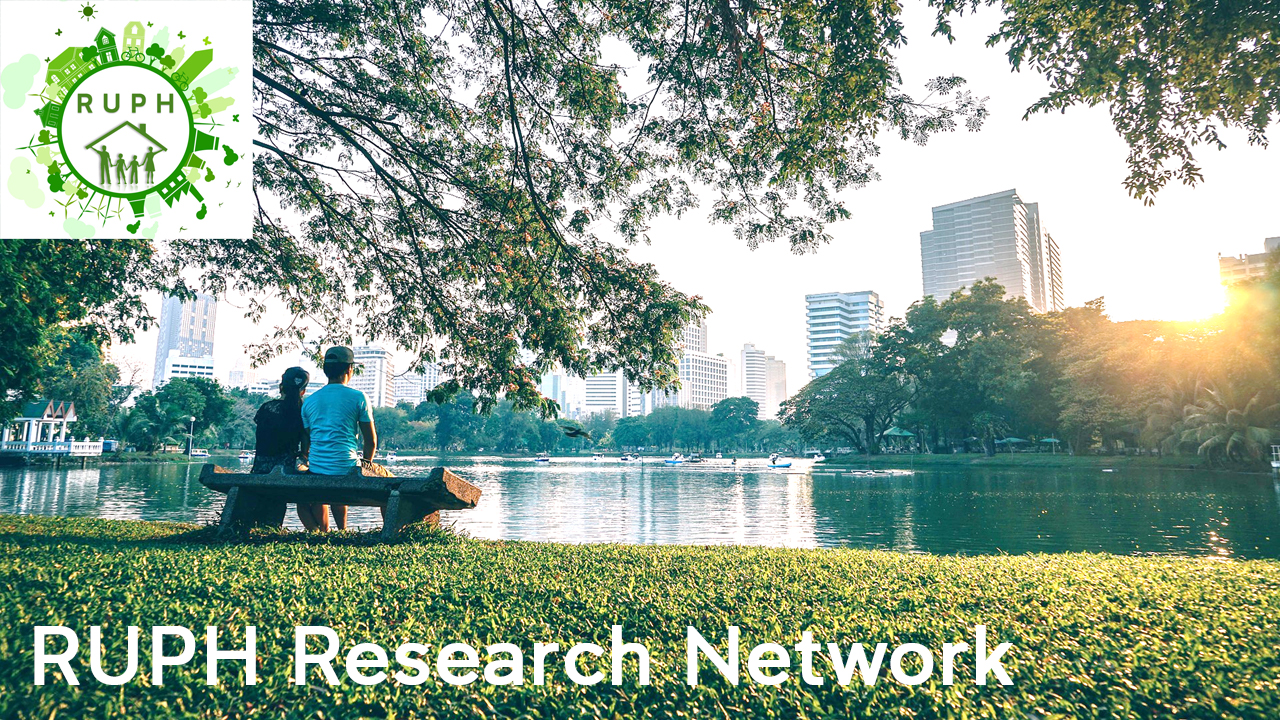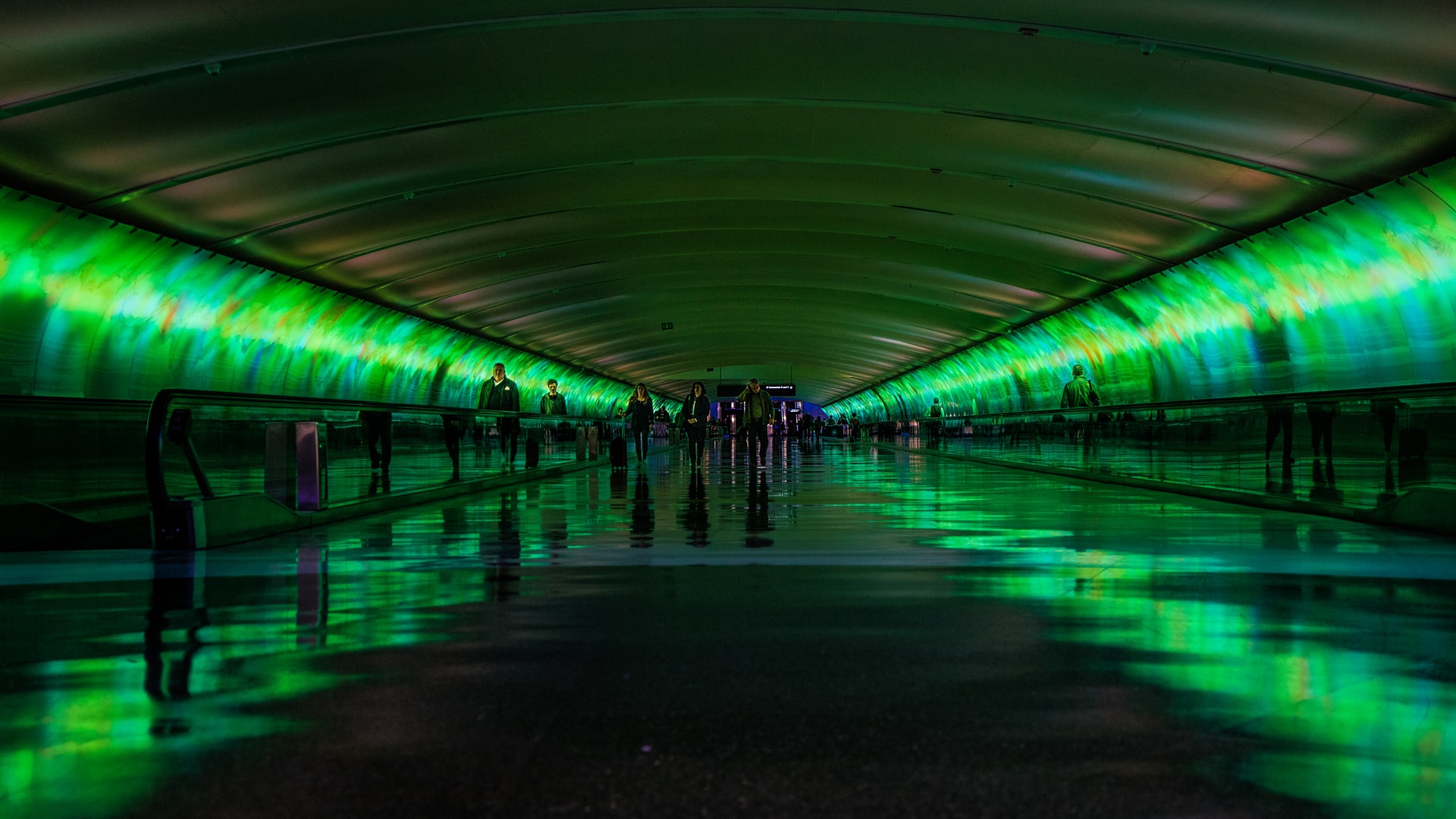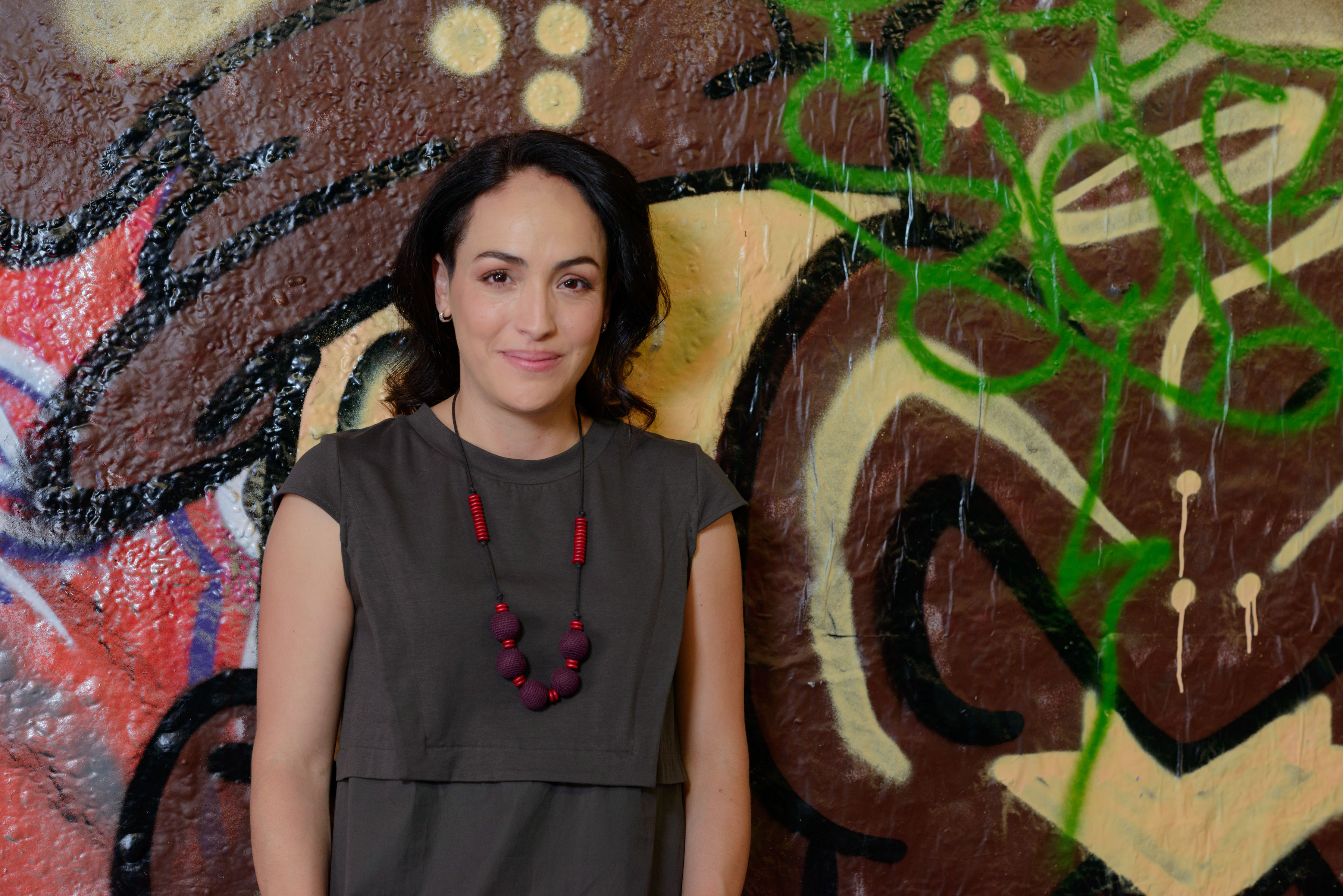Academic Profile | Professor David Sanderson & Laura Bruce

We have an exciting webinar series which will involve book contributors. Each month we will be hosting a webinar with different chapter authors between July to October 2020.
Tell us about your new publication ‘Urbanisation at Risk in the Pacific and Asia’?
Pacific Island Countries (PICs) and Asian nations are at the forefront of experiencing the combination of rapid urbanisation and naturally-triggered disasters, many of which are worsened by climate change. Urbanisation urgently needs to be understood and managed better if towns and cities are to avoid succumbing to the threats of stronger windstorms, floods and fires.
Urbanisation at risk explores this challenge. Presenting research, case studies and lessons from a number of PICs, Cambodia, Nepal, the Philippines and elsewhere, the book explores both the policy and practice of how governments, civil society, aid organisations, and most important of all, people themselves, can prepare for, withstand and recover better from disasters in towns and cities. In other words, how resilience is built. The book is particularly directed at those living in informal settlements, who are almost always the most vulnerable to natural hazards.
What influenced the creation of this publication and your research?
The idea for this book came from the success of our Urban Resilience Asia Pacific Conference (URAP) held at the end of 2018 at UNSW. Over 200 people from all over the world attended the conference. We invited the presenters from the conference to propose chapters for this book. We had a huge and positive response from a community of academics and practitioners who are engaged in this important area. We chose 13 of the best chapter submissions making sure there were insights from across the Pacific islands and Asia as well as a chapter on the bush fire response in Australia.
Why is it important to be talking about urbanisation now?
City growth globally is around 1.4 million people per week, often taking place in cities at risk from worsening hazards, including those fuelled by climate change. While urban growth is fastest in South East Asia, not many people are aware that many Pacific island cities are experiencing rapid urban growth. Capital cities, from Port Moresby to Tarawa, are roughly doubling in size every 15 years, but lack significant urban planning. This is a huge challenge for the inhabitants of towns and cities particularly since they are on the front line in terms of climate change.
What makes the regions identified in your publication particularly vulnerable to threats from climate change and disasters to urban growth?
Pacific Island Countries, particularly atoll island nations, are especially vulnerable to the impact of climate change. Stronger and more frequent storms and cyclones have huge negative impacts for the inhabitants of coastal towns and cities and can reverse hard won development gains in an instant. This book offers practical approaches for tackling these threats. For example Gero and Winterford suggest ways in which urban disaster response policy in the Pacific can better align with development planning going forward. This is important as it offers ways to overcome the humanitarian development divide and recognises that traditional short term humanitarian aid is not going to solve these multiple threats without a long term development approach.
Whilst rapid urbanisation offers opportunities for economic growth and social development it can also come with significant challenges, particularly when it occurs in the absence of strong urban planning and management. Sadly this is the situation in many Pacific island cities and towns. A knock on effect of this is that a large portion of its urban inhabitants live in informal settlements, also known as slums. It was intentional that we included a number of chapters on supporting the resilience of those living in informal settlements since they experience multiple vulnerabilities. These are linked to unmet development needs such as access to clean water and a high risk of being negatively impacted by natural hazards and climate change due to the fact informal settlements are often located on marginal land such as flood zones.
Tell us about the academics and practitioners that contributed to the book – were these existing relationships / partnerships in place or were these developed during the creation of the book?
Over 23 people directly contributed to this book. For instance much of the research done by McEvoy et al., Sitko et al., Day and Bamford; Bruce and Marshall involved direct consultation with communities in country. A huge part of our remit is to ensure that our research reflects the needs of those on the ground and is therefore relevant to practitioners such as Non-governmental organisations (NGOs). We therefore work to develop relationships and alliances with actors outside the academic space who are directly working with communities in the region. The URAP conference was delivered in partnership with practitioner organisations the Australia Red Cross and ARUP. The conference played a big part in strengthening these relationships and due to the success of this event we are excited to announce that we will be holding the second URAP conference this year at UNSW.
What was the biggest challenge you faced during the creation of the book and how did you overcome this?
The actual process of working with chapter authors and submitting to the publishers was very smooth and this is testimony to the commitment and engagement of all those involved.
Keeping up to date with fast-changing circumstances is also a perennial challenge. At the time of writing for instance pandemic was not discussed – which now of course is something that is dominating the discourse. The strong focus on climate change-fuelled disasters however is something that will only continue to worsen.
Did you have any surprising ‘ah-ha’ moments during the writing process?
A big ‘ah-ha’ was the recognition of the challenges – but also opportunities urbanisation brings. Challenges are big, and climate change is a real threat; but, cities throughout history have always been home to industry, innovation and creativity, where people convene to make lasting changes.
It was encouraging to see the broad contributions. The book includes research, expert opinion, case studies and lessons from a number of Pacific Island Countries as well as Cambodia, Nepal, the Philippines and elsewhere. Despite the different contexts nearly all the chapters conclude that urban resilience is an important way to prepare for, withstand and recover better from disasters in towns and cities.
What is the biggest call-to-action you hope people will take away from the publication?
We need to look at how to address the multiple challenges faced by cities and towns in a joined-up way. Focusing on resilience helps to achieve that. Engagement from the community level is essential; urban resilience will only be effective if the perspectives from those on the ground are reflected.
So you’ve written the book, what’s next?
We have an exciting webinar series which will involve book contributors. Each month we will be hosting a webinar with different chapter authors between July to October 2020. Those who sign up for the webinars will receive a special discount code for the book.
As mentioned previously we are also excited to be hosting the second Urban Resilience Asia Pacific (URAP2) conference at UNSW which looks likely to be taking place online. This will engage even greater numbers from across the region on these important issues.



